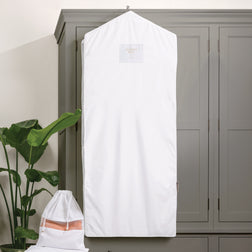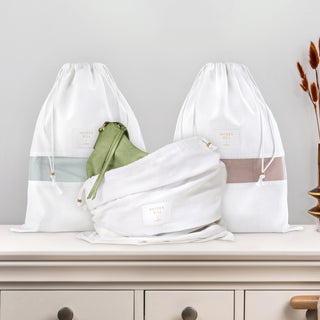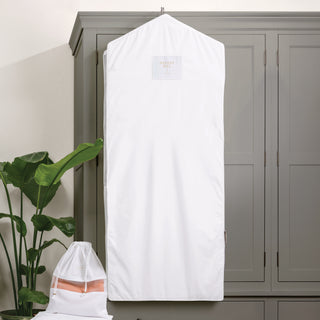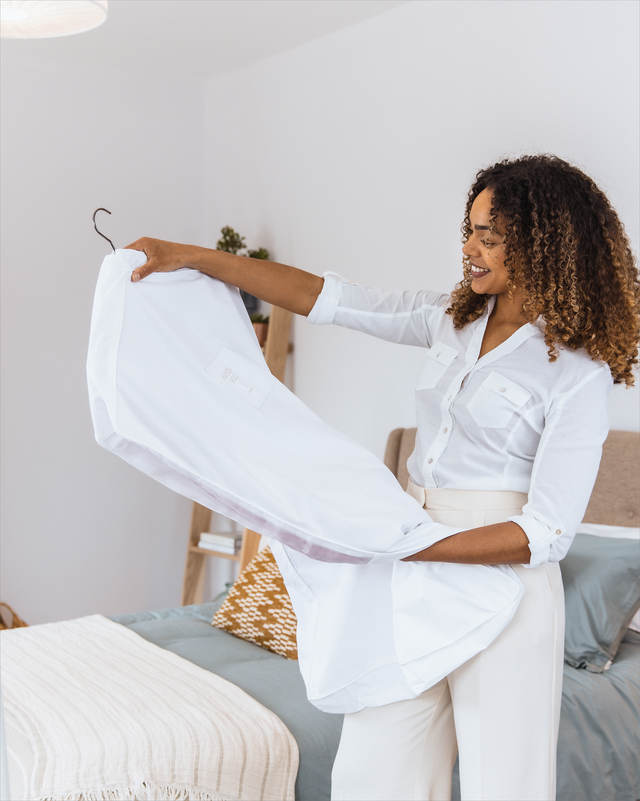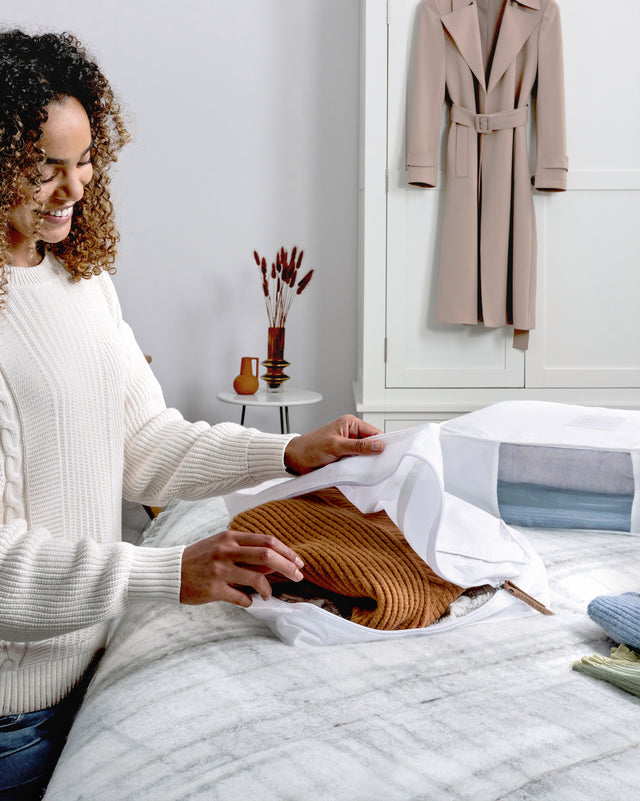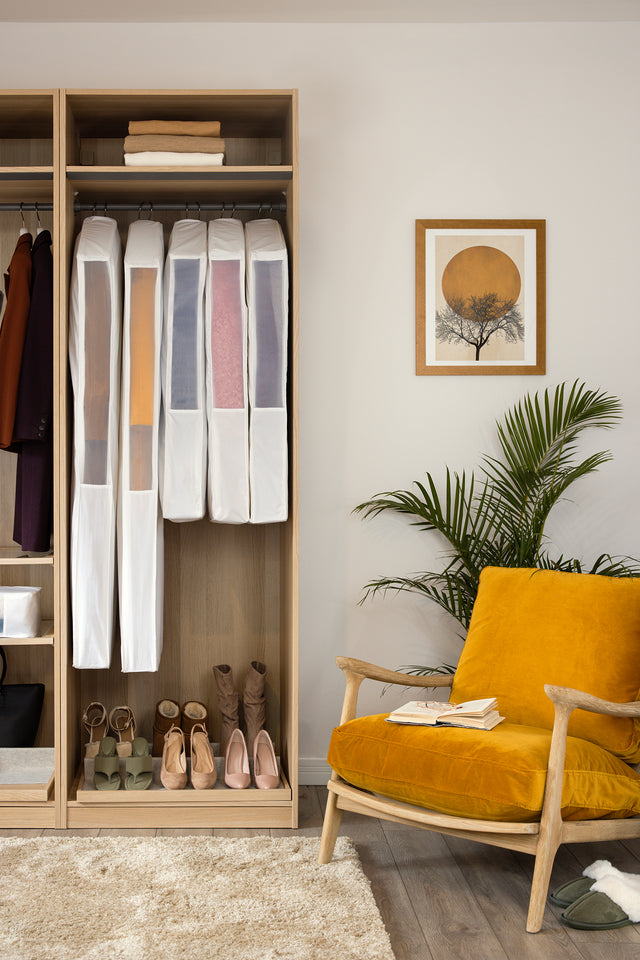If you are a fashion enthusiast, then finding high-quality pieces of clothing probably comes easy and is fun. Even putting together beautiful outfits is simple. But, if sustainability is also important to you, then you must learn to develop the skill of restyling clothing so you can combine the same clothing items in new, unexpected ways and extend the life of your wardrobe.
If you are a fashion enthusiast, then finding high-quality pieces of clothing probably comes easy and is fun. Even putting together beautiful outfits is simple.
But, if sustainability is also important to you, then you must learn to develop the skill of restyling clothing so you can combine the same clothing items in new, unexpected ways and extend the life of your wardrobe.
Part of learning to restyle clothing is understanding how to mix and match different fabrics and different colours.
How to Combine Fabrics Well
Experimenting with various types of fabrics can significantly improve your personal style, once you learn how to match fabrics with ease. This information about textures and fabric types will help elevate your overall look.
Clothing Textures
Although you might associate the term “texture” with a soft fur coat or a scratchy wool sweater, every piece of clothing has some sort of texture.
Knowing the three main types of weaves will help you understand texture better, because the type of weave frequently determines the texture of the fabric.
Twill
A diagonal rib pattern is twill weave's identifying characteristic. Twill weaves are characterised by a distinct, frequently black front side (referred to as the wale) and a lighter back. Twill is ideal for chinos, upholstery, and bed linens because of its high thread count, which makes the fabric opaque, thick, and long-lasting. A twill weave fabric is similar to hounds tooth, tweed, and denim
Satin Weave
A satin weave produces a glossy, supple, elastic fabric with a lovely drape. The surface of the satin cloth is shiny on one side and matte and drab on the other. Satin is ideal for handbags and gowns in the haute couture style, as well as for luxurious bedding.
Plain Weave

To create plain weave fabrics (like canvas, taffeta, and muslin), the warp and weft (vertical and horizontal threads) are overlapped at right angles. On both sides of the fabric, this creates an identical crisscross pattern, which results in a fabric that looks the same on both sides.
Types of Fabrics
There are five common types of fabric that may be in your wardrobe. These fabrics are the ones you will mix and match most frequently.
Corduroy
Soft and sturdy, corduroy is one of the most common fabrics used to make clothing. Corduroy has a distinctive texture: parallel, tufted lines called wales that run along its surface, which gives clothes a specific look. While corduroy is typically made of cotton, some corduroy items can also be made from wool.
Common corduroy items include pants and jackets and are most often worn in the cold weather months of fall and winter.
Denim
Denim is a strong, durable fabric that is made of cotton. It has a twill weave that gives the fabric a distinct diagonal ribbing pattern. This diagonal ribbing is what sets denim apart from fabrics like canvas or cotton duck, which are very similar.
Denim is a staple in wardrobes with most people owning several pairs of jeans, shorts, and perhaps a denim jacket.
Cashmere
The coveted fabric known as cashmere is created from the wool of pashmina and cashmere goats. Cashmere is a natural fabric loved by many, mostly because of its luxuriously soft feel and excellent insulation qualities. Although delicate to care for, this fabric is worth the trouble.
Cashmere clothing commonly found in a woman’s wardrobe include sweaters or cardigans, scarves, gloves, and socks.
Silk
Silk is a natural fabric, made from the fibres of silkworms and known for its unrivalled glossy smoothness and high durability. This is a fabric predominantly used for the production of formal clothing and accessories, although recently, it is gaining popularity as a luxury bedding fabric because it’s naturally hypoallergenic. With proper care, quality silk can last a lifetime.
Leather and Suede

Any fabric manufactured from an animal's hide or skin is called leather, but cowhide is the most often used material.
Suede is also a form of leather created from the animal's soft underside. In comparison to conventional full-grain leather, it is silkier, thinner, and more delicate. Suede shoes, jackets, and accessories are very fashionable.
All leather fabrics are durable, recyclable, and in some cases, even water-resistant, but they all require regular care to maintain optimal shape and function.
Tips for Wearing Fabrics
Knowing how to match fabrics is a skill every woman needs to create chic outfits. There is an art to layering various fabrics into one distinctive look with a fashionable result.
1. Identify your neutral fabrics.
Many of the recommendations for mixing and matching patterns also apply to mixing and matching fabrics. Just as some classic prints like stripes or polka dots can serve as neutrals, some simpler fabrics can provide a neutral quality that would complement a bolder fabric.
Some of the most adaptable fabrics that function as neutrals include denim, cotton, leather, and suede. An addition to this category is merino wool, which pairs nicely with more striking textures, but only when worn on small items that will not steal attention.
2. Consider a limited colour palette.
You'll have more freedom to experiment with various fabrics if you stick to a more constrained colour palette. This, of course, doesn't mean you will need to restrict yourself to wearing all black, but simply that you can utilise neutral colours to anchor your outfit or go with two or three complementary solid colours.
3. Find the fabric’s context.
Certain fabrics evoke certain moods. Silk gives any ensemble an opulent vibe. A black leather jacket elevates a checkered flannel shirt from warm to serious, but when that same flannel shirt is worn with corduroy, it feels cozy.
Denim is a casual fabric, and it looks amazing when worn as a part of casual outfits. Yet, for a relaxed, yet fashionable style, you can pair a satin tank with jeans.
Consider the context in which you may wear a certain fabric and then pair it with other fabrics to subvert expectations, creating a wonderful mix and match of different types of fabrics.
How to Combine Colours Well
One of the best ways to give your wardrobe some excitement and increase your confidence is to embrace colours. If you are unsure how to mix colours, the colour wheel is a great tool that will help you.
The Colour Wheel
A colour wheel is a circular diagram that shows the relationship between various colours. The first colour wheel was created by Sir Isaac Newton and published in the book Opticks, written in 1704. Seven colours were used to make Newton's asymmetrical colour wheel: red, orange, yellow, green, blue, indigo, and violet.
More than a century later, in 1810, Johann Wolfgang von Goethe created a symmetrical colour wheel that had only six colours (indigo was excluded) and was similar to the one we use today.

Fashion designers and artists utilise colour wheels to develop colour palettes that have the desired creative effect.
Here are a few helpful tips for using a colour wheel to combine colours in an aesthetically pleasing and stylish way.
Analogous Colours
On the colour wheel, analogous colours are located close to one another and share a common hue. If you are new to mixing colours, combining clothing with analogous colours is a comfortable first step.
For example, let’s consider blue. On the colour wheel, blue is positioned between teal and blue-violet. So, if light blue is your chosen colour, add a teal or blue-violet to create a soft, two-colour palette for your outfit.
As a general recommendation, avoid combining bright and pastel colours. And, select one colour to be the star or main focus, with the rest serving as secondary, supporting actors.
Complementary Colours
On the colour wheel, complementary colours are opposite one another. Combining opposites on the colour wheel produces a stunning contrast that brings out the intensity of each colour.
To begin, look at the colour wheel and locate your favourite colour. The complementary colour is found by drawing a line directly from your chosen colour to the other side. Paler colours are simpler to combine than their vivid counterparts, especially if you prefer a toned-down look. For optimal results and best effect, it’s best to wear primarily one colour and accent with the other.
Tips for Wearing Colours
1. Experiment with unmatching accessories.
Spending time matching your belt to your handbag and shoes may be unnecessary, unless your goal is a completely monochromatic ensemble. Actually, using vibrant colours on these small items is a terrific way to add vibrant colours, and even unmatching elements, to your outfit.
2. Use denim as a neutral fabric.
You can combine denim with any other colour, even blue, and it will probably look excellent. Think of denim as a neutral colour. You can wear multiple denim items at the same time. The simplest way to do this is to choose denim pieces that are similar to one other yet distinct enough to prevent your outfit from looking overly coordinated. Consider wearing dark wash jeans with a mid-wash denim blazer or mid-wash jeans with a light-wash denim shirt.
Fabrics, Colours, and Sustainable Clothing
Thanks to the increasing popularity of sustainable clothing, brands have created sustainable clothing in a variety of colours and fabrics. Some of the most popular natural fabrics include organic cotton, wool, silk, and linen. Try experimenting with several different types of fabrics to determine which ones you like best.
FAQs
How do you put different fabrics together?
“How to mix fabrics” is probably one of the most searched questions by any aspiring fashion enthusiast. It may seem difficult to decide which fabrics designs work well together, but the key is to repeat colours and change the scale of prints. Find your neutral fabrics and use them to build your outfit with a solid base.
How do you match fabric patterns?
When matching fabric patterns, one of the most useful pieces of advice is to follow a formula, such as picking two colours and a neutral, incorporating at least three different patterns, or varying the scale of the patterns. But the most important rule is that it’s ok to break the rules. Having fun experimenting and finding your own personal style is the ultimate goal.

Learning how to combine colours and fabrics creatively is the best way to create an endless combination of eye-catching outfits.
However, just like any new skill, it can seem complicated at first. If you are new to this, remember to keep it simple. Go slowly, perfecting one element at a time before moving on to the next.
Keep in mind that self-expression is at the heart of fashion, so you can’t go wrong if you feel confident about the way you look.

